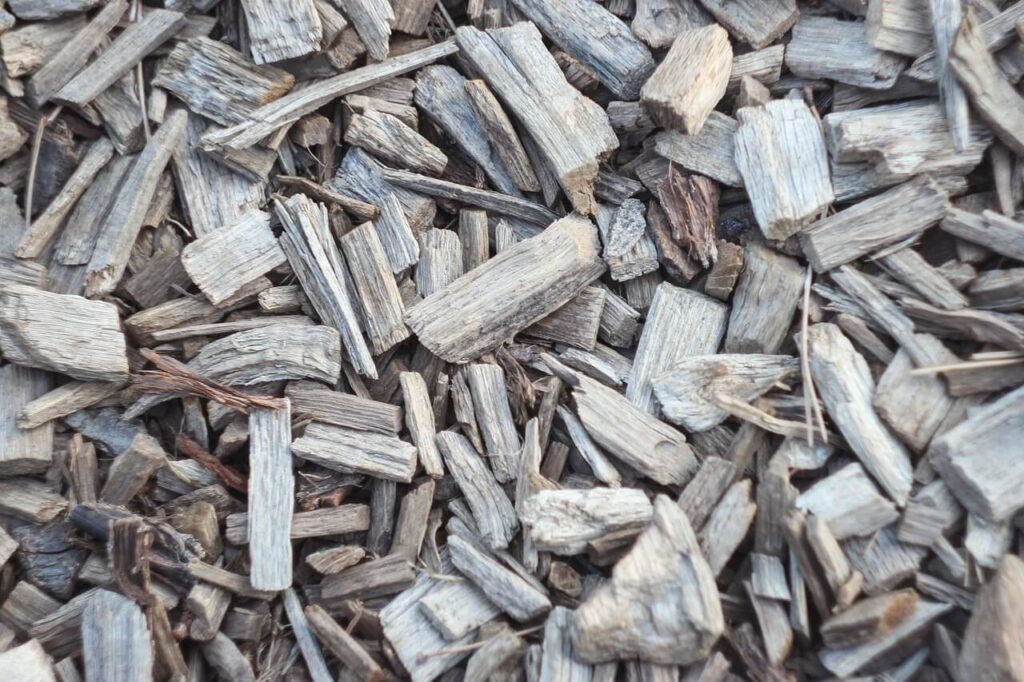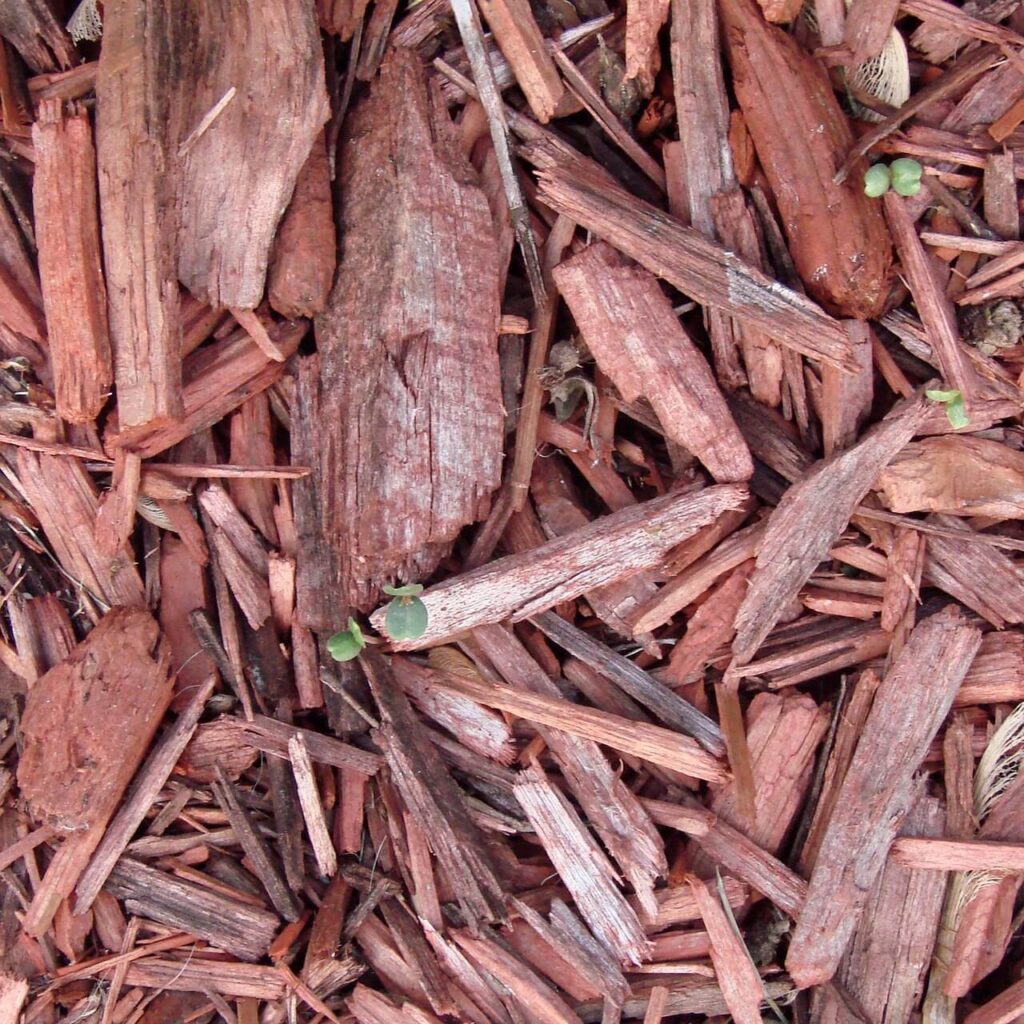Mulching is one of the simplest yet most effective practices for maintaining a healthy and attractive garden. By applying a layer of mulch, you can significantly improve soil health, conserve moisture, suppress weeds, and enhance the aesthetic appeal of your garden. This article will guide you through the various aspects of using mulch, ensuring your garden thrives year-round.

The Benefits of Using Mulch
Mulch offers numerous benefits that make it an essential component of any gardening strategy. It helps retain soil moisture, reducing the need for frequent watering. By insulating the soil, mulch maintains a more consistent soil temperature, protecting plant roots from extreme temperatures. Additionally, mulch suppresses weed growth, minimizing competition for nutrients and water. Organic mulches also decompose over time, enriching the soil with essential nutrients and improving its structure.
Types of Mulch: Organic vs. Inorganic
Mulch can be broadly categorized into organic and inorganic types. Organic mulches include materials such as wood chips, bark, straw, compost, and grass clippings. These mulches break down over time, adding organic matter to the soil and enhancing its fertility. Inorganic mulches, such as gravel, stones, and plastic sheeting, do not decompose and are primarily used for their durability and low maintenance. Each type of mulch has its specific applications and benefits, depending on the garden’s needs.
Choosing the Right Mulch for Your Garden
Selecting the right mulch involves considering factors like plant type, climate, and garden design. For instance, wood chips and bark are ideal for ornamental gardens and around trees and shrubs, while straw and grass clippings work well in vegetable gardens. Compost is excellent for enriching flower beds and improving soil structure. Inorganic mulches like gravel are suitable for pathways and areas where long-lasting coverage is needed.
How to Prepare Your Garden for Mulching
Before applying mulch, proper garden preparation is crucial. Start by removing any existing weeds and debris from the area to be mulched. This prevents weeds from growing through the mulch layer. If necessary, use a pre-emergent herbicide to further suppress weed growth. Loosen the soil with a garden fork or tiller to improve aeration and water penetration. Water the soil thoroughly before applying mulch to ensure the plants receive adequate moisture.
Applying Mulch: Best Practices
Applying mulch correctly is key to maximizing its benefits. Spread the mulch evenly around plants, ensuring a consistent layer without piling it against plant stems or trunks. This can cause rot and attract pests. Leave a small gap around each plant to promote air circulation. For best results, apply mulch in late spring or early summer when the soil has warmed up but is still moist.
Mulch Depth and Coverage
The ideal depth of mulch depends on the type of mulch and the specific needs of your garden. Generally, a mulch layer of 2-4 inches is sufficient for most gardens. Too little mulch may not effectively suppress weeds or retain moisture, while too much can suffocate plant roots and prevent water from reaching the soil. Spread the mulch to cover the soil completely but avoid overly thick layers that can cause issues.
Seasonal Mulching Tips
Different seasons call for different mulching strategies. In spring and summer, mulch helps retain soil moisture and keep the soil cool. In fall, applying a fresh layer of mulch can insulate plants and soil against winter cold. Remove any old mulch in the spring to prevent the buildup of disease or pests, and replace it with a new layer to maintain its effectiveness.
Using Mulch to Control Weeds
One of the primary benefits of mulch is its ability to suppress weed growth. A thick layer of mulch blocks sunlight from reaching weed seeds, preventing them from germinating. Organic mulches like wood chips and straw are particularly effective for this purpose. Additionally, the decomposition of organic mulch can create a hostile environment for weed seeds.
Mulch for Moisture Retention
Mulch significantly reduces water evaporation from the soil, helping maintain consistent moisture levels. This is especially beneficial in dry climates or during periods of drought. By conserving moisture, mulch reduces the need for frequent watering, saving time and water resources. Organic mulches like compost and grass clippings are excellent for retaining soil moisture.
Improving Soil Health with Mulch
Organic mulches contribute to soil health by decomposing and adding organic matter to the soil. This process improves soil structure, enhances nutrient availability, and promotes beneficial microbial activity. Over time, mulching can transform poor soil into fertile, well-draining soil that supports robust plant growth. Regularly replenishing organic mulch ensures ongoing soil improvement.

Enhancing Garden Aesthetics with Mulch
Beyond its practical benefits, mulch enhances the visual appeal of your garden. A well-mulched garden looks tidy and well-maintained, with distinct, defined plant beds. Various mulch types, such as bark, wood chips, and gravel, offer different colors and textures that can complement your garden’s design. Decorative mulch patterns can also add a creative touch to your garden.
Mulching Around Trees and Shrubs
Proper mulching around trees and shrubs protects roots, conserves moisture, and suppresses weeds. Apply a 2-4 inch layer of mulch, extending it to the tree’s drip line. Avoid piling mulch against the trunk to prevent rot and pest infestation. Regularly check the mulch layer and replenish it as needed to maintain its benefits.
Mulching Flower Beds
Flower beds benefit from mulch in several ways. Mulch keeps soil temperatures stable, retains moisture, and suppresses weeds, all of which promote healthy flower growth. Organic mulches, such as compost or bark, enrich the soil as they decompose. Apply a 2-3 inch layer of mulch around your flowers, leaving space around the stems to prevent rot.
Mulching Vegetable Gardens
In vegetable gardens, mulch helps retain moisture, suppress weeds, and improve soil health. Straw, grass clippings, and compost are excellent choices for vegetable gardens. Apply a 2-3 inch layer of mulch, ensuring it doesn’t touch the plant stems. Mulch can also help protect vegetable plants from soil-borne diseases by preventing soil splash during watering.
Mulch for Pathways and Walkways
Mulch is a practical and attractive option for garden pathways and walkways. Inorganic mulches like gravel or pebbles provide a durable, low-maintenance surface that complements the garden’s natural look. Organic mulches, such as wood chips, create a soft, natural path that blends seamlessly with the surrounding landscape. Regularly check and replenish pathway mulch to maintain its appearance and functionality.
Eco-Friendly Mulching Options
For environmentally conscious gardeners, eco-friendly mulch options are available. Recycled materials like newspaper or cardboard can be used as mulch, reducing waste and conserving resources. Biodegradable mulches, such as coconut coir or straw, decompose naturally and enrich the soil. Choosing sustainable mulch materials supports eco-friendly gardening practices.
Mulch Maintenance and Replacement
Maintaining mulch involves regular monitoring and replenishment. Organic mulches decompose over time and need to be replaced to continue providing benefits. Check the mulch layer periodically and add more as needed to maintain the recommended depth. Remove any weeds that manage to grow through the mulch and ensure proper air circulation around plants.
Common Mulching Mistakes to Avoid
Avoid common mulching mistakes to ensure your garden thrives. Piling mulch against plant stems or tree trunks can cause rot and attract pests. Applying too much mulch can suffocate roots and prevent water from reaching the soil. Using mulch that is too coarse or too fine can also impact its effectiveness. Follow best practices for mulching to maximize its benefits.
Using Mulch in Container Gardening
Mulch isn’t just for garden beds; it can also benefit container gardens. Mulching container plants helps retain moisture, suppress weeds, and regulate soil temperature. Use a light layer of mulch, such as compost or small wood chips, in containers to enhance plant health and reduce watering needs.
Benefits of Composting Mulch
Composting mulch is an excellent way to recycle garden waste and create a nutrient-rich amendment for your soil. As organic mulch decomposes, it adds valuable organic matter to the compost pile. This process accelerates decomposition and creates high-quality compost that can be used to improve garden soil. Regularly turning and maintaining the compost pile ensures efficient breakdown of mulch materials.
Attracting Beneficial Insects with Mulch
Mulch can attract beneficial insects that support a healthy garden ecosystem. Organic mulches provide habitat and food sources for insects like earthworms, beetles, and predatory insects. These beneficial insects help improve soil health, pollinate plants, and control pest populations. Creating a diverse garden environment with mulch encourages a balanced and thriving ecosystem.
Preventing Mulch-Related Problems
To prevent mulch-related problems, choose the right mulch type and apply it correctly. Avoid over-mulching, which can suffocate plant roots and impede water infiltration. Ensure mulch is not in direct contact with plant stems or tree trunks to prevent rot and pest issues. Regularly monitor the mulch layer and make adjustments as needed to maintain its benefits.
How to Choose Sustainable Mulch Materials
Choosing sustainable mulch materials supports eco-friendly gardening practices. Look for mulches made from renewable resources, such as wood chips from sustainably managed forests or recycled materials like newspaper. Biodegradable mulches, such as straw or coconut coir, decompose naturally and enrich the soil. By selecting sustainable mulch options, you can reduce your environmental footprint while maintaining a healthy garden.
Creating Decorative Mulch Patterns
Decorative mulch patterns add a creative touch to your garden. Experiment with different mulch colors and textures to create visually appealing designs. Use mulch to outline garden beds, create pathways, or highlight specific plants. Decorative mulch patterns can enhance the overall aesthetic of your garden and make it a more enjoyable space.
Mulching Tips for Different Climates
Different climates require specific mulching strategies. In hot, dry climates, mulch helps retain soil moisture and protect plants from extreme heat. In cooler climates, mulch insulates the soil and protects plant roots from freezing temperatures. Adjust the type and depth of mulch based on your local climate to ensure optimal plant health and garden performance.